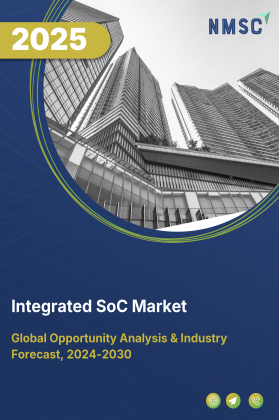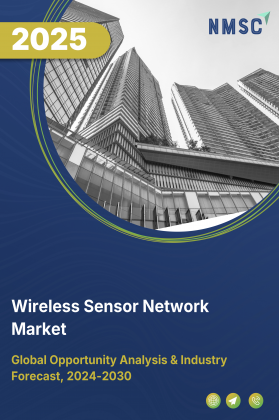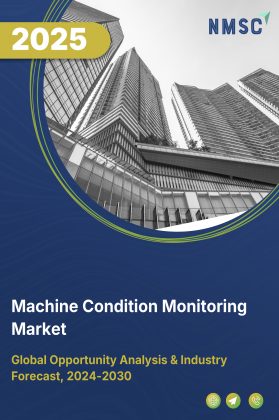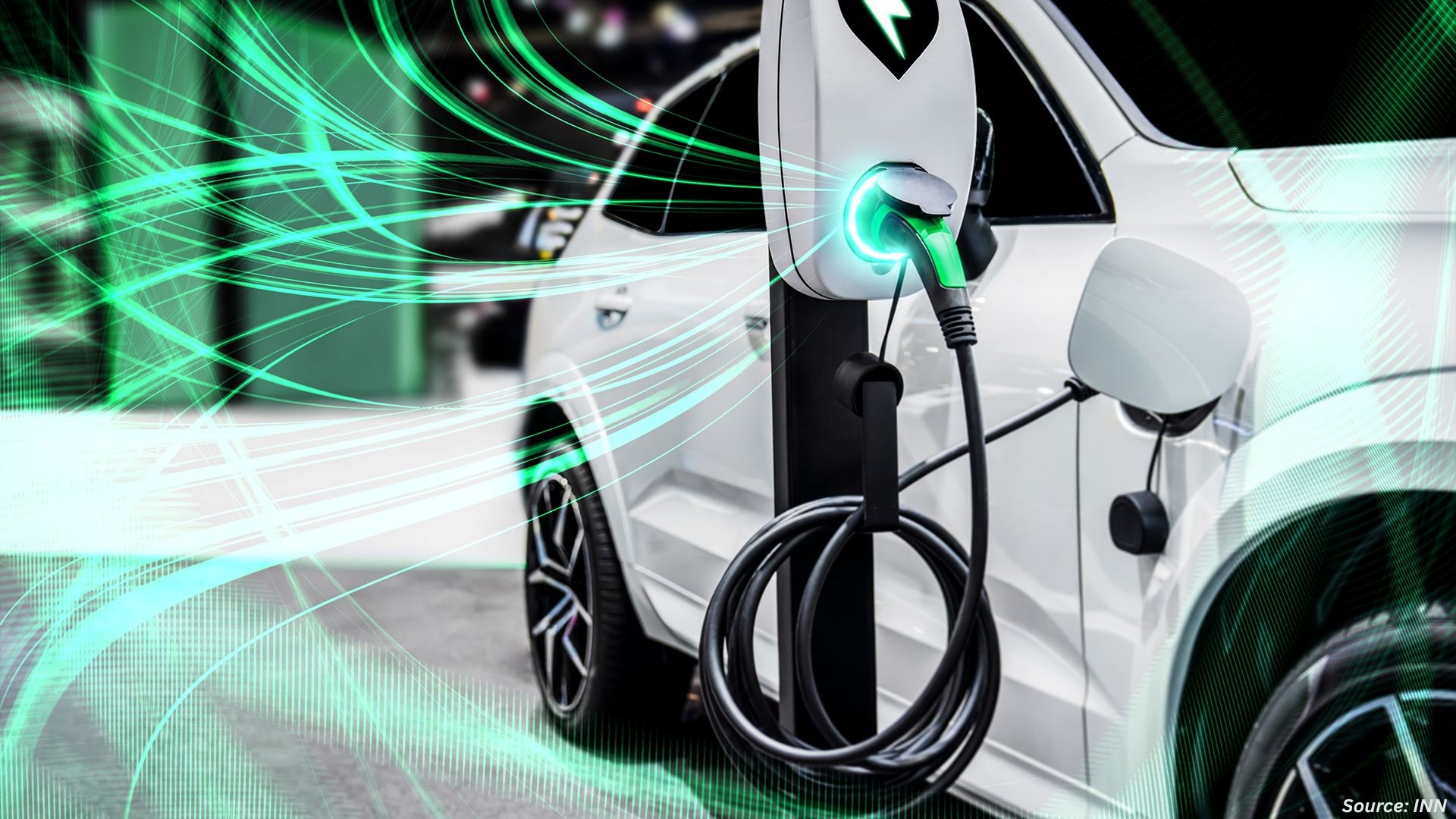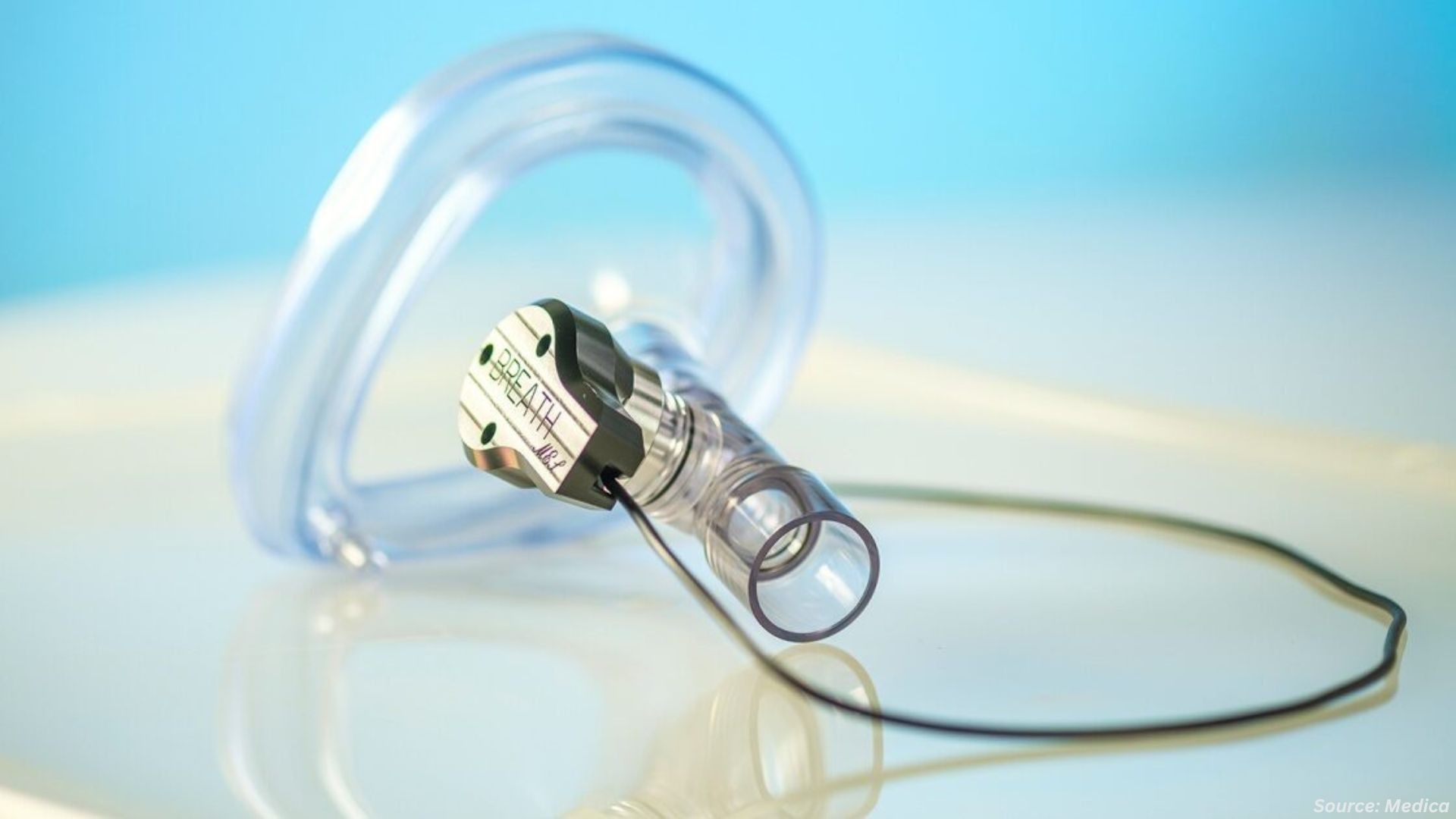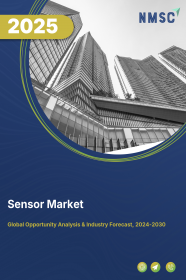
Sensor Market by Type (Environmental Sensors, Motion & Position Sensors, Optical and Imaging Sensors, Level and Detection Sensors, and Biological and Physical Interaction Sensors), by Technology (Micro-Electro-Mechanical Systems (MEMS), Nano-Electro-Mechanical Systems (NEMS), Complementary Metal-Oxide-Semiconductor (CMOS), and Others) - Global Opportunity Analysis and Industry Forecast, 2021-2030
Industry: Semiconductor & Electronics | Publish Date: 15-Feb-2025 | No of Pages: 449 | No. of Tables: 270 | No. of Figures: 215 | Format: PDF | Report Code : SE86
Market Definition
The global Sensor Market was valued at USD 151.40 billion in 2020, and is expected to reach USD 431.21 billion by 2030, registering a CAGR of 11.3%, during the period of 2021-2030.
Sensor is a semiconductor device that detects sudden changes in surroundings and provides subsequent response. Sensor is widely used for detecting various physical changes in the environment such as the amount of light, heat, moisture, motion, and pressure among others. Its application areas include electronic devices, avionics, military hardware, industrial automation, mobile phones, medical equipment, security, transportation, IT infrastructure and communication among others. There are specific types of sensors available for specific applications in different industries.
For example, motion sensors are used mostly in transportation sector, while optical sensors are mostly used in military applications, whereas electromagnetic sensors are used to monitor CO2 emissions in various industries. The highest consumption of sensor is found in consumer electronic products, followed by automotive, and IT & telecom. A single smartphone alone may contain multiple sensors such as accelerometer, gyroscope, ambient light sensor, proximity sensor, and temperature detector for accomplishing different tasks.
Market Dynamics and Trends
The global sensor market has witnessed rapid growth in recent times. This is due to the numerous advantages of sensor like high current capability, long life, ease of installation, increased productivity and reduced total cost of ownership among others. Also, factors like technological advancements, development of smart cities, surge in IoT technologies, rising usage of smartphones and other electronic devices are expected to propel the growth of the global market.
However, increasing use of sensors leads to rise in device cost and reduction in the life of device batteries, which is expected to hinder the market growth during the forecast period to some extent. On the contrary, surge in adoption of wearable devices, innovative application of sensors in various sectors, government strategies and advancements in the automotive sector will create ample opportunities for the market players in the coming future.
Market Segmentations and Scope of the Study
The global sensor market trends are analyzed across various segments including type, technology, end user and region. By type, the market is categorized into radar sensor, optical sensor, biosensor, touch sensor, image sensor, pressure sensor, temperature sensor, proximity & displacement sensor, level sensor, motion & position sensor, humidity sensor, accelerometer & speed sensor, and other sensors. The technology sub segment covered in this report includes CMOS, MEMS, NEMS, and others. The end users discussed in this study are electronics, IT & telecommunication, industrial, aerospace & defense, healthcare, and others. Geographically, the market is analyzed across North America, Europe, Asia-Pacific, and RoW.
Geographical Analysis
The Asia-Pacific region is anticipated to maintain its dominance in the global sensors market share owing to the rapid adoption of digital technologies in countries such as China, Taiwan, and South Korea. Moreover, the healthcare sector in this region has been thriving, which is further expected to fuel the adoption of sensor-enabled wearable products over the forecast period.
However, the European region is expected to witness the second-highest CAGR over the forecast period due to advanced infrastructure and heavy investments by numerous established as well as new players in Germany and France in sensor manufacturing.
Competitive Landscape
The global sensors industry, which is highly competitive, consists of a few major players such as Infineon Technologies AG, Samsung Electronics Co. Ltd., NXP Semiconductors NV, Panasonic Holdings Corporation, Qualcomm Technologies, Inc., STMicroelectronics NV, Sony Semiconductor Solutions Corporation, TE Connectivity, Texas, Instruments Incorporated, Honeywell International Inc, Rockwell Automation, Inc., Siemens AG, Omron Corporation, Amphenol Advanced Sensors, Emerson Electric Co.. Strategic alliances, acquisitions and innovations along with R&D are key strategies used by market players to maintain market dominance.
For instance, in July 2021, Samsung Electronics developed an automotive image sensor ‘ISOCELL Auto 4AC’. The sensor delivers advanced 120-decibel (dB) high dynamic range (HDR) and LED flicker mitigation (LFM) especially for surround-view monitors (SVM) or rear-view cameras (RVC) in high-definition resolution (1280 x 960). Also, in July 2021, Sony declared the release of a compact and portable mirrorless camera ‘ZV-E10’ with a feature-set optimized for vloggers and content creators.
Key Benefits
-
This study comprises analytical depiction of the global sensor market size along with the current trends and future estimations to depict the imminent investment pockets.
-
The overall the global market analysis is determined to understand the profitable trends to gain a stronger foothold.
-
The report presents information related to key drivers, restraints, and opportunities with a detailed impact analysis.
-
The current the market forecast is quantitatively analyzed from 2012 to 2025 to benchmark the financial competency.
-
Porter’s five forces analysis illustrates the potency of the buyers and suppliers in the sensor industry.
-
The report includes the sensor market share of key vendors and market trends.
Sensor Market Key Segments
By Type
-
Environmental Sensors
-
Pressure Sensors
-
Temperature & Humidity Sensors
-
Fluid Sensors
-
Gas Sensors
-
Particulate Matter Sensors
-
-
Motion & Position Sensors
-
Magnetic Position Sensors
-
Proximity Sensors
-
Vibration Sensors
-
Speed Sensors
-
Distance Sensors
-
Linear Position Sensors
-
Rotary Position Sensors
-
-
Optical and Imaging Sensors
-
Optical Sensors
-
Image Sensors
-
-
Level and Detection Sensors
-
Radar Sensors
-
Level Sensors
-
-
Biological and Physical Interaction Sensors
-
Tactile Sensors
-
Force Torque Sensors
-
By Technology
-
Micro-Electro-Mechanical Systems (MEMS)
-
Nano-Electro-Mechanical Systems (NEMS)
-
Complementary Metal-Oxide-Semiconductor (CMOS)
-
Others
By End-Users
-
Automotive
-
Electronics
-
Aerospace & Defense
-
Healthcare
-
IT & Telecom
-
Agriculture
-
Others
By Geography
-
North America
-
The U.S.
-
Canada
-
Mexico
-
-
Europe
-
The UK
-
Germany
-
France
-
Italy
-
Spain
-
Denmark
-
Netherlands
-
Finland
-
Sweden
-
Norway
-
Russia
-
Rest of Europe
-
-
Asia Pacific
-
China
-
Japan
-
India
-
South Korea
-
Australia
-
Indonesia
-
Singapore
-
Taiwan
-
Thailand
-
Rest of Asia Pacific
-
-
RoW
-
Latin America
-
Middle East
-
Africa
-
Key Players:
-
Infineon Technologies AG
-
Samsung Electronics Co. Ltd.
-
NXP Semiconductors NV
-
Panasonic Holdings Corporation
-
Qualcomm Technologies, Inc.
-
STMicroelectronics NV
-
Sony Semiconductor Solutions Corporation
-
TE Connectivity
-
Texas Instruments Incorporated
-
Honeywell International Inc
-
Rockwell Automation, Inc.
-
Siemens AG
-
Omron Corporation
-
Amphenol Advanced Sensors
-
Emerson Electric Co.
Report Scope and Segmentation
|
Parameters |
Details |
|
Analysis Period |
2020–2030 |
|
Base Year Considered |
2020 |
|
Forecast Period |
2021–2030 |
|
Market Size Estimation |
Billion (USD) |
|
Market Segmentation |
By Type (Radar Sensor, Optical Sensor, Biosensor, Touch Sensor, Image Sensor, Pressure Sensor, Temperature Sensor, Proximity & Displacement Sensor, Level Sensor, Motion & Position Sensor, Humidity Sensor, Accelerometer & Speed Sensor, and Others), Technology (CMOS, MEMS, NEMS, and Others), and End User (Electronics, IT & Telecom, Industrial, Automotive, Aerospace & Defense, Healthcare, and Others) |
|
Geographical Segmentation |
North America (U.S., Canada, Mexico) Europe (UK, Germany, Italy, France, Rest of Europe), Asia-Pacific (China, Japan, India, South Korea, Rest of APAC), Rest of the World (Latin America, Middle East, Africa) |
|
Companies Profiled |
Hewlett Packard Enterprise (HPE), Infineon Technologies AG, Samsung Electronics, NXP Semiconductor, Panasonic Corporation, Qualcomm Technologies, Inc., STMicroelectronics, Sony Corporation, TE Connectivity, Texas Instruments and Taiwan Semiconductor Manufacturing Company Limited. |




















 Speak to Our Analyst
Speak to Our Analyst



